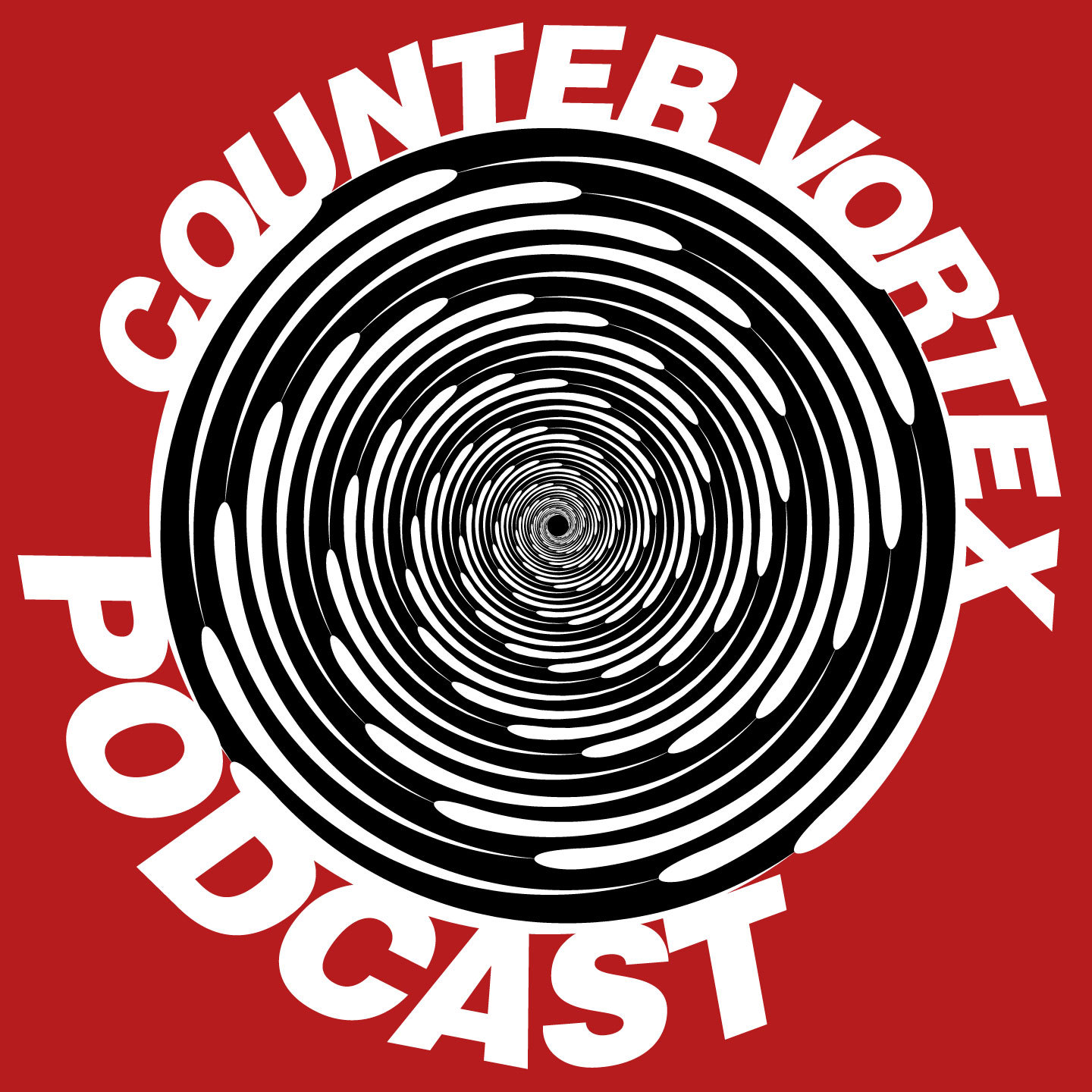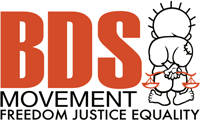paramilitaries
Nigeria: demand war crimes investigation
Access to Justice (A2Justice) and eight other civil rights groups brought an action against Nigerian President Goodluck Jonathan before the Federal High Court in Abuja Dec. 1 with the goal of forcing an investigation into alleged war crimes committed by members of the Nigerian military and the state-sponsored militias, the Civilian Joint Task Force (CJTF). The rights groups have sought permission from the court to file a mandamus action under Order 34 Rule 3(1) and (2) of the Federal High Court (Civil Procedure) Rules 2009 (PDF). If granted, the order would require the Nigerian government to investigate allegations of war crimes and human rights violations committed by CJTF in northeastern Nigeria. The push for an investigation was sparked by a report from Amnesty International accusing the Nigerian military and the CJTF of war crimes during the ongoing campaign against Boko Haram.
Amnesty: concern over Colombia land restitution
Amnesty International on Nov. 27 released a report detailing its concern that people hoping to gain their land back under the Victims Land and Restitution Law (Law 1448) in Colombia face problems ranging from bureaucratic obstacles to intimidation. The report, entitled "A land title is not enough: Ensuring sustainable land restitution in Colombia" (PDF), describes the violent struggle to control territory during the 50-year-old armed conflict. This report examines whether authorities can guarantee landholders' rights by addressing weaknesses in the law, ongoing threats against land claimants, and impunity for those suspected of responsibility in forced displacements. The report finds that almost six million people have been displaced from their homes since 1985—mostly as result of conflict.
Vigilantes fight Boko Haram with bows and arrows
Two teenage female suicide bombers blew themselves up in a busy market in Nigeria’s northeastern city of Maiduguri, Borno state, on Nov. 25, killing at least 30 people. Deutsche Welle reports from neighboring Adamawa state (see map) that traditional hunters in rural areas, armed only with bows and arrows, are organizing patrols to protect their villages against Boko Haram. While one vigilante told DW, "our prayers protect us against their weapons," the report was not clear if the force is made up of Muslims, Christians or both. Said Hilary Matfess, a political scientist at Johns Hopkins University in Baltimore: "What's interesting about the rise of these vigilante groups is the fact that they typically don't fall along sectarian lines. It's an almost spontaneous response by local communities to the failure of the police and military to maintain order." (DW, CSM, Nov. 25)
Philippines: justice deferred in 2011 massacre
Protesters in the Philippines this weekend marked the fifth anniversary of the country's worst political massacre—and the world's worst mass killing of journalists. Nobody has been convicted of the massacre of 32 journalists and 26 others in the town of Ampatuan on the southern island of Mindanao. The victims were shot dead and buried in three pits after being ambushed by some 100 gunmen near the town of Shariff Aguak, Maguindanao province. Mary-Grace Morales lost both her husband and her sister on Nove. 23, 2009, when they were part of a convoy to cover the filing of candidacy papers for a local politician. "I want the world to know my husband and my sister died in the massacre and there were many people killed," she told the Radio Australia form the vigil held at the massacre site. "It's been five years and there is no justice. I don't know if there is any justice." Philippine journalist Nonoy Espina said half of the local media workers were "wiped out" in one day.
Bangladesh: opposition leader gets death sentence
The Bangladesh International Crimes Tribunal on Nov. 13 convicted (PDF) opposition politician MA Zahid Hossain Khokon to death for his role in killings and other war crimes perpetrated during the 1971 Bangladesh Liberation War. The Tribunal found the accused guilty of the offenses of "murder, torture, deportation, rape, confinement, abduction and other inhumane acts" within the crimes against humanity sections of the International Crimes (Tribunals) Act of 1973. Khokon, a member of the Bangladesh Nationalist Party (BNP), was tried in absentia and is currently a fugitive believed to be residing with his family in Sweden.
Colombia: crime lord falls, para links revealed
Colombia's President Juan Manuel Santos on Oct. 22 announced the capture of one of the country's top fugitive crime lords—Marcos de Jesús Figueroa AKA "Marquitos"—in the Brazilian jungle city of Boa Vista. The extraordinary operation was coordinated by police forces in both Colombia and Brazil. "Marquitos" was considered the reigning boss of the lucrative narco trade in Colombia's northern region of La Guajira, with access to both the Caribbean Sea and the porous Venezuelan border. He is held responsible for a long reign of terror by criminal gangs and their paramilitary allies in the region—personally culpable in at least 100 deaths, according to authorities. Santos took the apprehension of Marquitos as an opportunity to crow: "With this, we say to criminals that it makes no difference where you are, we are going to catch you." (El Tiempo, Oct. 23; El Espectador, El Tiempo, Oct. 22)
Chile: local Mapuche leader murdered
Victor Manuel Mendoza Collío, the werken (spokesperson) for an indigenous Mapuche community in the southern Chilean region of Araucanía, was shot dead the night of Oct. 29 by two unidentified men. A friend of the family said the assailants came to Mendoza Collío's home in the Requem Pillán community in Ercilla commune, Malleco province, and "killed him at the doorway of his house and in front of his six-year-old little girl, with a shotgun." According to preliminary information the authorities gave to the media, the killing was the result of a dispute within the Mapuche community; community members themselves strongly denied the authorities' version.
HRW: Boko Haram abductions and abuses continue
Militant group Boko Haram has forced kidnapped women and girls to marry their captors and begun using them for military tactical purposes, Human Rights Watch (HRW) reported Oct. 27. HRW interviewed 30 individuals who were abducted by the group between April 2013 and April 2014 and later managed to escape, and 16 others who saw the abductions. Among those interviewed were 12 girls who were among the approximately 300 abducted from a school in Chibok in April. According to the advocacy group, more than 500 women and girls have been abducted by Boko Haram since 2009, about 30 of whom were taken just last week. The group, taken from Borno state, included girls as young as 11. At least 40 women and girls were taken in Adamawa a week prior, despite government claims of a ceasefire deal. Once at the camps, the kidnapped girls are reportedly forced to perform household chores and are often exposed to rape, forced marriage and violence. One woman recounted that she was threatened with death until she converted to Islam. HRW criticized authorities for not doing enough to prevent the kidnappings, for not working to bring the perpetrators to justice, and for not providing survivors with adequate support and medical care.















Recent Updates
2 days 16 hours ago
3 days 19 hours ago
3 days 19 hours ago
4 days 9 hours ago
4 days 9 hours ago
4 days 12 hours ago
4 days 12 hours ago
4 days 12 hours ago
1 week 11 hours ago
1 week 3 days ago